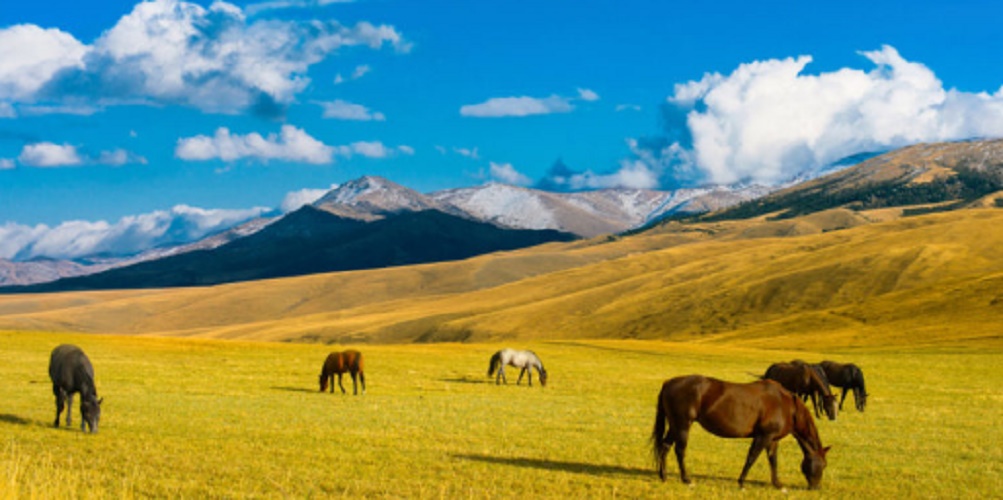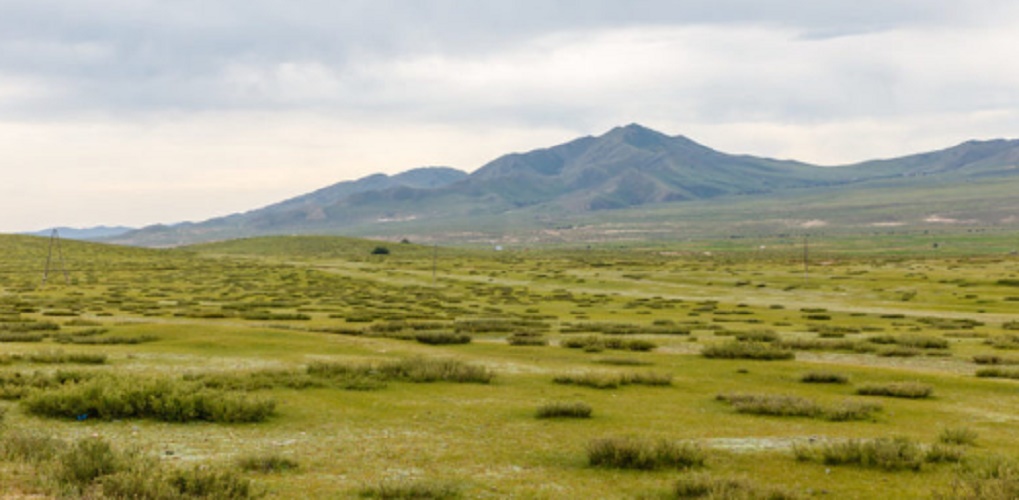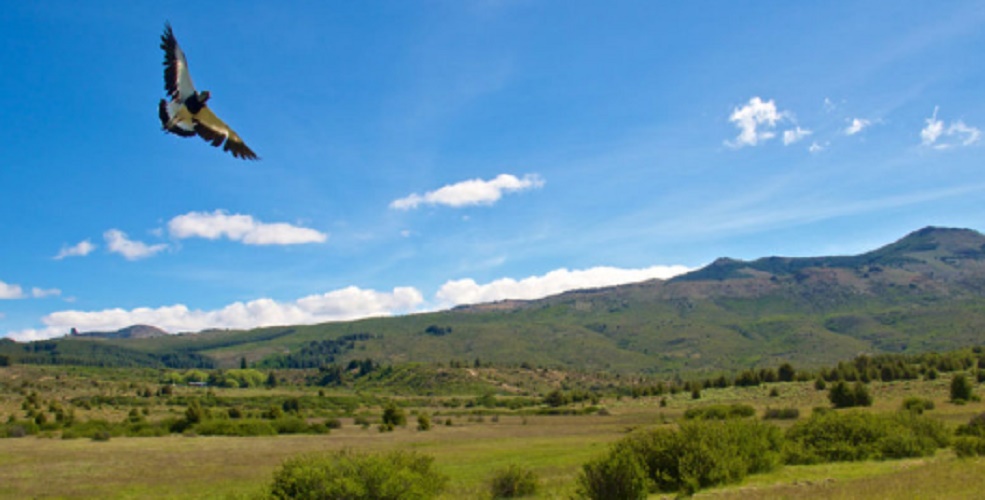What are the steppes?
We explain what are the steppes and what is the fauna and flora of this biome. In addition, how is its climate and its relationship with the prairie.
-
What are the steppes?
A biome (ecological zone or biotic area) terrestrial, far from the seas and flat, is known as steppe , whose dry soils due to low rainfall are rich in minerals and poor in organic matter , being able to house very little plant life forms size and thickness. The steppes are often considered cold deserts , contrary to the usual warm and sandy deserts.
The steppes are relatively abundant on our planet , in tropical, subtropical and temperate latitudes, and are distributed in our geography as follows:
- Eurasian steppe. Known as The Great Steppe, it is located between the continents of Europe and Asia, extending from Moldova in Eastern Europe to Siberia, north of Russia, through Ukraine and Hungary.
- North American steppe. Known as The Great Plains, they are located from southern Canada to northern Mexico, crossing the states of Colorado, Kansas, Montana, Nebraska, New Mexico, North Dakota, Oklahoma, South Dakota, Texas and Wyoming in the United States .
- Subtropical steppe Located in some regions close to the European Mediterranean, such as Sicily (Italy), Zaragoza or Almeria (Spain).
- Puno steppe. Also called the Andean Desert, it is located in the heart of South America , linking northern Argentina and Chile with the Bolivian highlands. It is a high steppe steppe, better considered as an altiplanic plateau or high Andean tundra.
- South African steppe. Known as the Veld, extended to the north and northeast of the country.
- Patagonian steppe. Located in southern Argentina, in the region called Patagonia, which extends to the end of the South American cone (Tierra del Fuego).
-
Steppe fauna

The fauna of the steppes has adapted to the aridity of the region, as well as the vegetation it feeds on . However, biodiversity in these regions is rather low, with few herbivorous species and those capable of burying or digging tunnels, to escape adverse weather conditions. Many medium sized predators feed on them, being able to dig them out, or hunt them in the open, like birds of prey. Herbivores tend to make numerous herds to resist predator hunting, since there is no vegetation or mountains to hide.
Some common species of this biome are antelopes, eagles, wild horses, condors, rheas, wolves, buffalo, marmots, wild rats, cranes, moles and certain types of land turtles. Also numerous species of insects and arachnids, such as scorpions, beetles and ants.
-
Steppe flora

The steppe flora has adapted to the low humidity of the soil , tending to be grass type (herbs, shrubs at most) or scrubland, that is, of small size, little foliage and little greenery. Its deep roots allow them to look for better soil layers , and it is common to find rhizomatic species and capable of storing water in their tissues, just like in hot deserts.
Some common plant species in the steppe are the cardon, rhubarb, poplars, cacti, cystus and various types of herbs, some capable of withstanding even temperatures of -20 ° C.
-
Steppe Climate
The remoteness of large bodies of water makes the steppes dry, temperate regions, sometimes with rainfall below 250mm per year. Its climates are extreme and of medium latitudes , characterized by a lot of thermal variation between day and night, and between summer and winter (very hot and very cold respectively).
-
Steppe and meadow

The terms steppe and prairie become more or less synonymous, since it is treated in both cases of temperate , dry grasslands and thickets , which share climatic and fauna and vegetation characteristics. However, the name “prairie” is preferred in American terminology (prairie). In other regions you can also use the name of pampas, grasslands or sheets.
-
Steppe in Mexico
The Mexican grasslands, which is what the steppes are known locally, are part of the conglomerate of the Great American Plains . They occupy 6.1% (118,320 km2) of the Mexican territory and extend over the states of Chihuahua, Coahuila, Sonora, Durango, Zacatecas, San Luis Potosí and Jalisco, covering a good part of their territories.
Although they can be found at low altitude, most are between 1,100 and 2,000 meters high, and have annual temperatures between 12 and 20 degrees Celsius , with annual rainfall between 300 and 600 mm per year. In some cases they have a lot of plaster soils, and in others they have a higher organic content, especially when they are at the bottom of valleys and on the slopes of the hills.
-
Patagonian Steppe

The steppes of Patagonia, also called semi-deserts, are huge flat extensions of southern Argentina, in an area close to 800 km2 that covers almost all of the territories of the provinces of Santa Cruz, Chubut and Río Negro.
It is a region of many biological endemisms , especially among fish and amphibians , despite the fact that the region was colonized during the 19th century with sheep and cattle, which is the main mode of exploitation of the region, which is very Low populated. The extensive plain suggests the possibility of wind exploitation.




